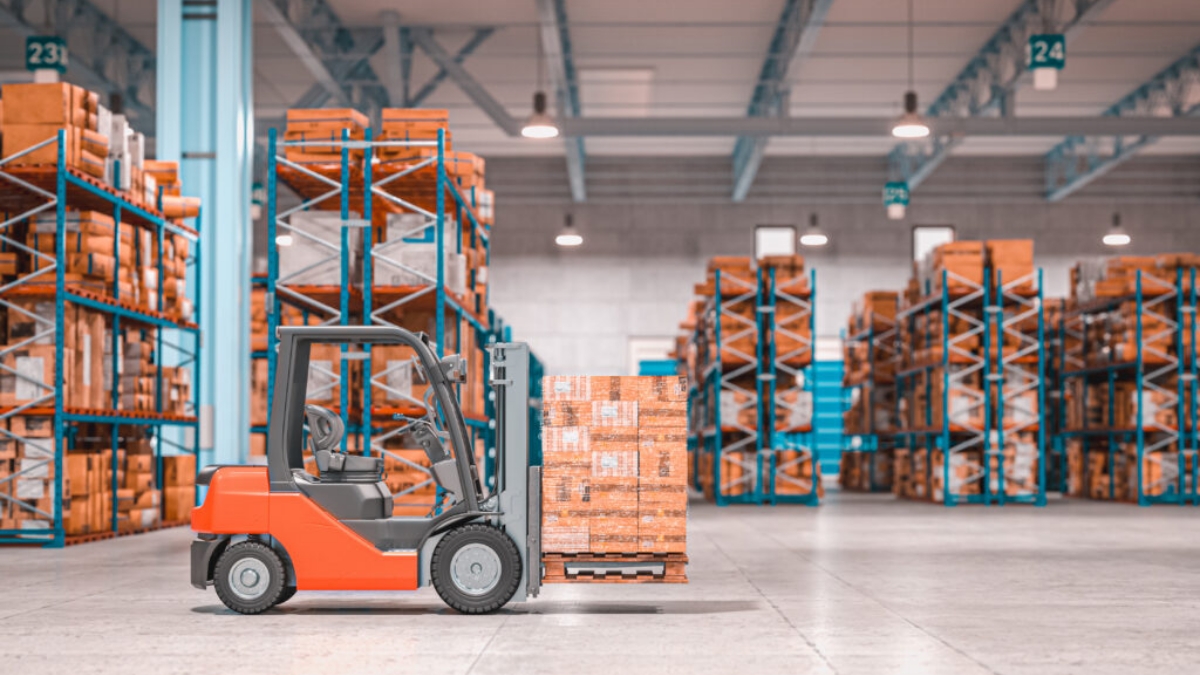
Efficiency is essential for today’s businesses. They’re under increasing pressure to improve productivity while reducing costs. They’re also expected to adapt to consumers’ evolving needs and live up to their increasingly exacting expectations. If they’re not operating efficiently, companies may see lower customer satisfaction rates and fall behind their competitors. As a result, they may see their sales drop and ultimately fail.
Several measures can help companies improve their efficiency from changing their manufacturing strategies to automating processes when possible. More effective employee training and time management can make a major difference as well. Komatsu forklifts can also be an important part of the process. Consider some of the ways forklifts can help companies maximize efficiency in their warehouses.
Table of Contents
Streamlined Loading and Unloading
For one, forklifts can help companies streamline the process of loading and unloading trucks. Loading or unloading a truck can take a warehouse employee up to several hours when working manually. With a forklift, though, the same process may only take an hour depending on the types of products being handled. That helps to improve efficiency in the warehouse as well as throughout the entire supply chain. As such, companies can keep their incoming and outgoing products moving and better meet their customers’ needs.
Improved Inventory Management
Forklifts can aid companies in improving their inventory management processes as well. They allow workers to pick orders and stock products faster and easier. They also make stock rotation simpler and less time consuming. At the same time, they can help companies keep their inventory organized and incorporate new storage strategies and solutions more quickly. All of those aspects factor into efficiency and can help companies remain flexible in an ever-changing world.
Increased Productivity
Increased productivity is also a key factor in improved efficiency. Forklifts can foster than aspect as well. They can move more products than multiple workers and in less time. Whereas workers alone may be able to move five to ten pallets in an hour, a forklift may allow them to move 30 or more. That means warehouses can accomplish more work with less labor. Automated forklifts may operate even more efficiently and cover more volume.
Reducing Safety Risks
Forklifts can also improve efficiency by reducing safety risks for workers. Repetitive motions and lifting and moving heavy loads can lead to serious injuries, especially if workers don’t carry out those jobs correctly. There’s also a risk of improperly stacked items falling on workers in warehouses. Keeping workers safe can lead to reduced downtime and lower employee turnover rates. That, in turn, benefits employees while also potentially reducing costs for businesses and further improving productivity.
Achieving Increased Efficiency By Using Forklifts
Efficiency is crucial for businesses, and they’re on a constant search for ways to produce more products in less time and with fewer resources. Several measures can help companies achieve increased efficiency, but many overlook the value of forklifts. They can boost productivity, streamline the loading and unloading process, and aid in inventory management. They make stocking and order picking faster and easier while also reducing downtime caused by employee injuries.
Those are only a few of the ways forklifts can improve efficiency in warehouses. Using forklifts may also lead to less product damage. They can enable companies to use warehouse space more effectively as well. For those reasons and many others, forklifts are important tools in warehouses.